The slower rotational speeds of shafts along with lighter crop loads on the equipment allowed the greased bushings to adequately perform their purpose.
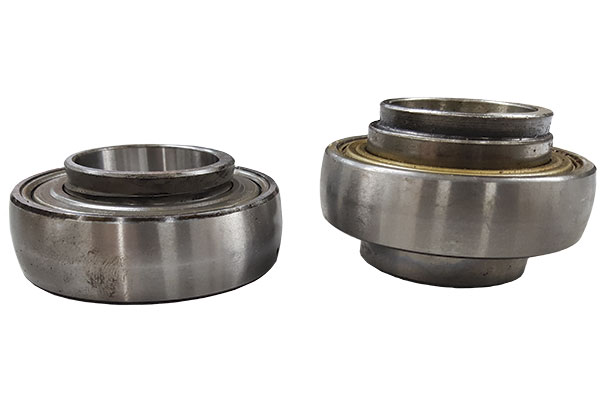
As farm equipment progressed and crop yields increased, a better way to support higher-speed rotating shafts was needed. The sealed bearing was the choice to step up equipment performance to the next level. The transition to sealed bearings was not always smooth or welcomed. I started part-time in the family business in the late ’60s, and I can remember farmers of my father’s and grandfather’s generations complaining about those dang bearings – they wanted their greased bushings back.
There are many types of sealed bearings in use today: metric, standard, greaseable, non-greaseable, wide shouldered, narrow shouldered, larger outer ring, smaller outer ring, double row, single row and on and on. Most bearings come with a code stamped on the side. The common 1-inch Fafnir brand bearing may have RA100NPP stamped on the side. This number gives you the information you need to know about the bearing. The “RA” stands for an extended inner ring with a locking collar. The “100” is the size of the inner ring bore (the 100 represents 1 inch). If the bearing number was 101, then the inner bore would be 1 1/16 inch; 102 would be 1 2/16 inch (or 1 1/8 inch) and so on. The “NPP” indicates the bearing has two non-removable seals.
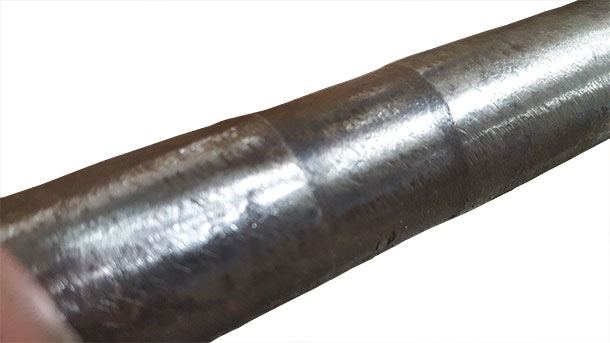
A bearing with a code of GRA1104NPPB2 has additional information. The “G “stands for greaseable. The “1” before the “104” indicates the inner ring is extended on the back side. The “B” represents the outer ring is spherical. The “2” tells us the bearing is not standard dimensions, the outer ring in this case. As the inner bore diameter increases, the outer ring diameter also increases, but in this case the outer ring diameter is the same size as a smaller bearing. This 1 ¼-inch bearing will use the same flanges as a 1 1/8-inch bearing.
Metric bearings follow a similar pattern, only the size is represented in millimeters. A RAE025NPPB would be a bearing with an inner bore of 25mm.
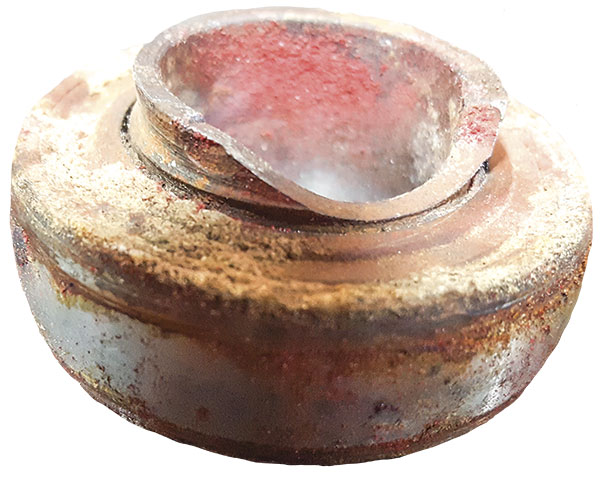
A search on the internet will provide additional information about a particular bearing.
A sealed bearing must be retained around the outer ring for the bearing to operate properly. How the bearing is mounted on a machine and what load is being applied to the bearing will determine what type of retainer can be used. In a light-load condition, the use of stamped steel flanges, which clamp around the outer ring when the mounting bolts are tightened, are commonly used. In a high-load situation, or for a design requirement, the cast housing is used. If the bearing has a spherical outer ring, the cast housing will have two notches to insert the bearing into and then the bearing is rotated into position. If the top of the outer bearing ring is flat, then the bearing will be a press fit into the cast housing.
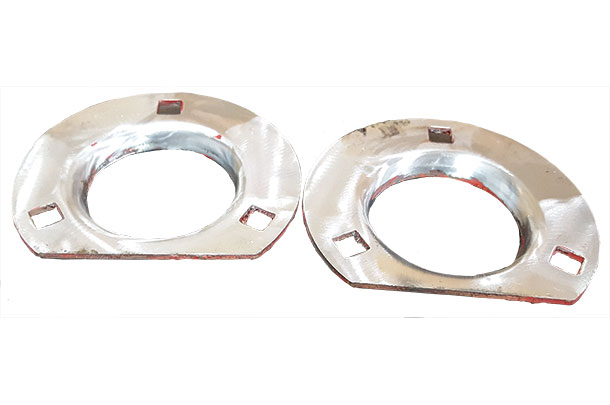 When installing bearings in flanges or cast housings, remove the paint from the flange or housing surface where the bearing outer ring rests. The thickness of the paint will not allow the bearing to properly seat squarely in the flanges or housing and may cause premature bearing failure. I also remove the paint from the side of the flange which goes against the frame. I like everything to sit flat and true when assembling the bearing components. I tighten the retaining hardware evenly to pull the flange against the bearing uniformly. This keeps the bearing from being pulled out of alignment with the shaft. To extend the life of the bearing, you want the inner bore of the bearing in the same plane as the shaft. Misalignment will cause the inner race to break (at a minimum, or in the worst case the bearing to completely fail).
When installing bearings in flanges or cast housings, remove the paint from the flange or housing surface where the bearing outer ring rests. The thickness of the paint will not allow the bearing to properly seat squarely in the flanges or housing and may cause premature bearing failure. I also remove the paint from the side of the flange which goes against the frame. I like everything to sit flat and true when assembling the bearing components. I tighten the retaining hardware evenly to pull the flange against the bearing uniformly. This keeps the bearing from being pulled out of alignment with the shaft. To extend the life of the bearing, you want the inner bore of the bearing in the same plane as the shaft. Misalignment will cause the inner race to break (at a minimum, or in the worst case the bearing to completely fail).
Another common cause for inner bearing race failures is a bent or out-of-round shaft. If you see the frame flexing or the bearing wobbling in the flanges or housing, then the shaft is probably bent or the shaft is undersized for the bearing. Continuing to use the equipment can cause frame failure along with bearing failure.
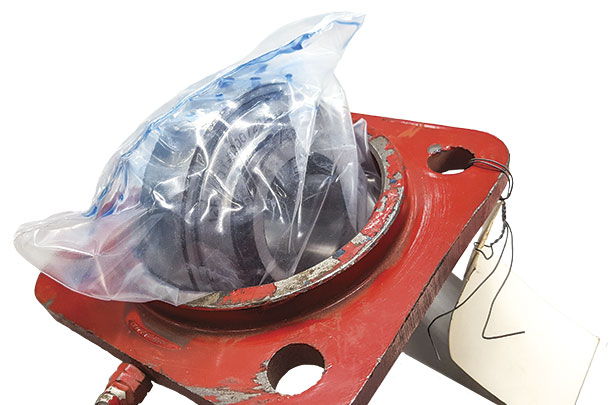
Now that you have found the correct bearing for the application and installed the bearing, you are faced with a conundrum: Which way do I rotate the locking collar? The direction you turn the locking collar does not matter. What you will find on most new equipment is the locking collar is tightened in the direction the shaft rotates. Why? So you know which way to turn the locking collar to free the collar for easier removal. ![]()
PHOTO 1: A standard 1 ¼-inch bearing is shown on the left and an extended inner ring 1 ¼-inch bearing is shown on the right.
PHOTO 2: A worn area (center) is shown on a shaft where the bearing was located.
PHOTO 3: The inner race of this bearing is broken. The likely causes are bent shaft or undersized shaft. Each case will cause the bearing to wobble and fail the inner race.
PHOTO 4: It is common with failed bearings to wear the outer shaft diameter down so the shaft is now undersized in the bearing mounting location. Installing a bearing with a locking collar on a worn shaft will cause the bearing inner race to break. The bearing will wobble until the inner race breaks. The bearing may not completely fail, but with the inner race no longer retained, the shaft will continue to wear down further.
PHOTO 5: To install a bearing into the cast housing, insert the bearing at the notches in the housing and then rotate the bearing into position. Photos by Mike Seckinger.
Mike Seckinger has over 44 years experience as a farm equipment mechanic in southern Indiana and says, “What I write is not intended to represent the only way to solve a problem, and it may not always be complete. If you choose to follow some of my procedures, remember to always practice safety first. Wear the correct clothing and safety equipment, and use the equipment’s safety devices.”






